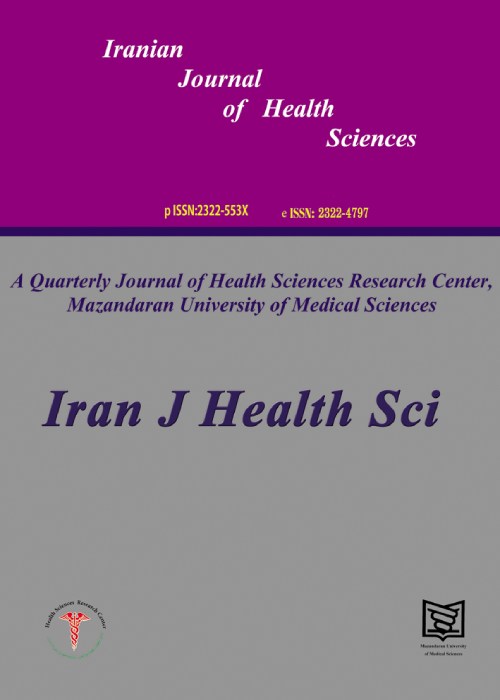Determining the Quality of Life, Social and Emotional Loneliness of Physically Disabled Individuals
This study aimed to examine the relationship between the life quality of physically disabled individuals and their social and emotional loneliness.
This study was a cross-sectional type of research in which "Physically Handicapped Life Quality Measurement Tool (WHOQOL-DIS)" was used to determine the quality of life, and "Social and Emotional Loneliness Scale (SELSA)" and “Personal Information Form" were also used to examine the levels of loneliness. The data were collected through face-to-face interviews with 316 people. Pearson Correlation and Multiple Linear Regression analysis were also used to test the relationship between quality of life and loneliness.
33.3% of the study group was in the age range of 40-49 and their average age was 41.90 ± 12.86 years. A significant relationship (p<0.05) was documented between the WHOQOL-DIS sub-dimensions and the social and emotional loneliness sub-dimensions. There was also found a weak negative relationship between physical domain and social loneliness, a very weak negative relationship between emotional loneliness and family relationships, a weak negative relationship between the mental domain and social loneliness and loneliness in family relationships, and a very weak relationship in the negative direction with emotional loneliness. It was determined that there was a weak negative relationship between social domain and social loneliness, emotional loneliness and loneliness in family relationships. There was also a weak negative relationship between the environmental domain and social loneliness, emotional loneliness and loneliness in family relationships. The results also showed a moderate negative relationship between the quality of life module and social loneliness, and a weak relationship in the negative direction between emotional loneliness and family relationships.
A significant relationship was found between the sub-dimensions of the quality of life scale and the sub-dimensions of the loneliness scale. Also, loneliness was found to be a significant predictor of the quality of life. Any increase in the feeling of loneliness in the lives of disabled people was observed to reduce their quality of life.
- حق عضویت دریافتی صرف حمایت از نشریات عضو و نگهداری، تکمیل و توسعه مگیران میشود.
- پرداخت حق اشتراک و دانلود مقالات اجازه بازنشر آن در سایر رسانههای چاپی و دیجیتال را به کاربر نمیدهد.


